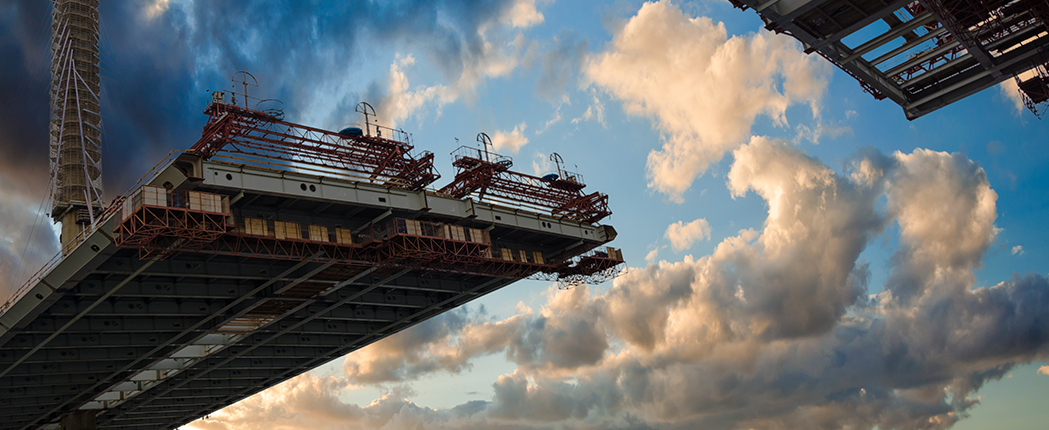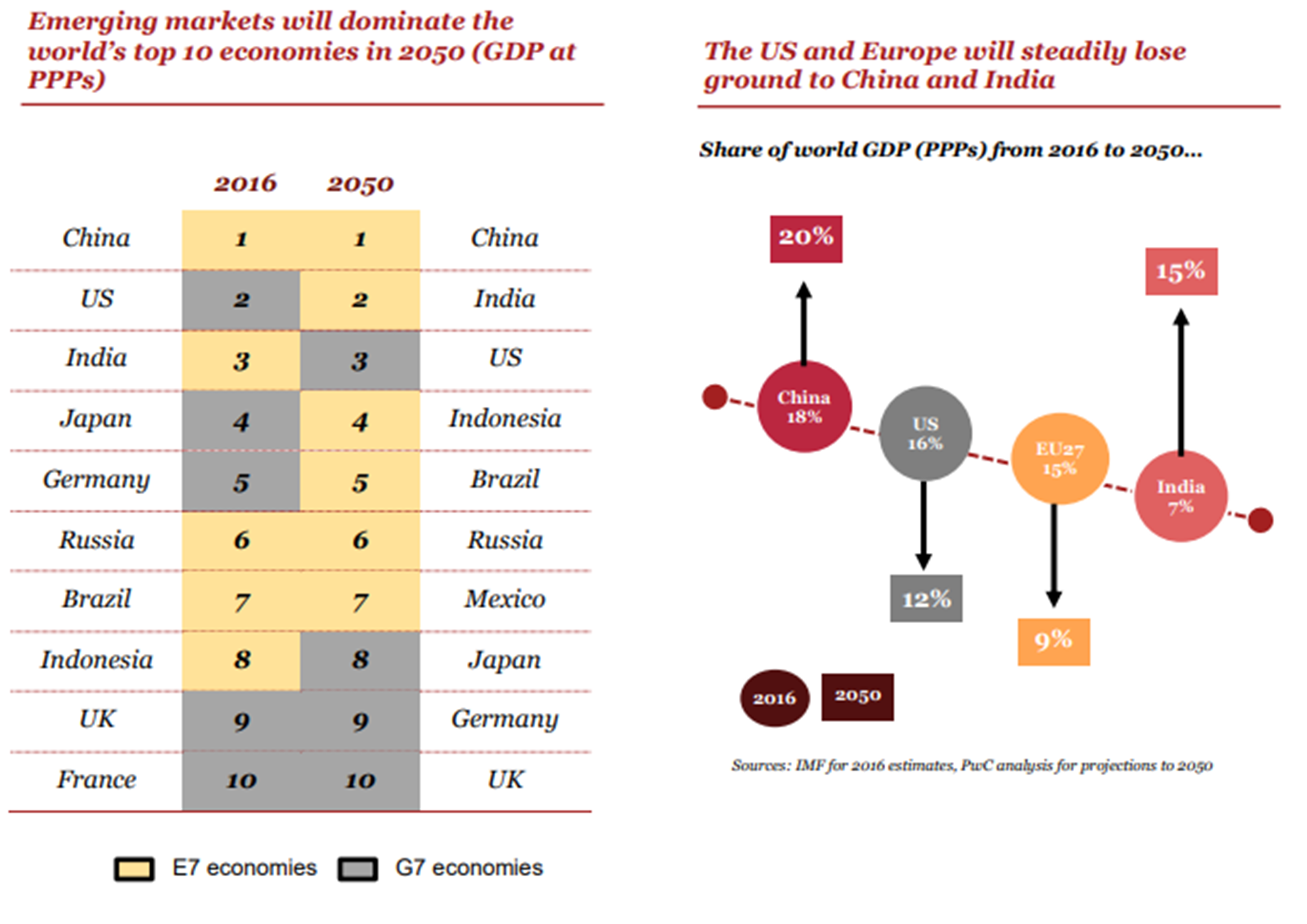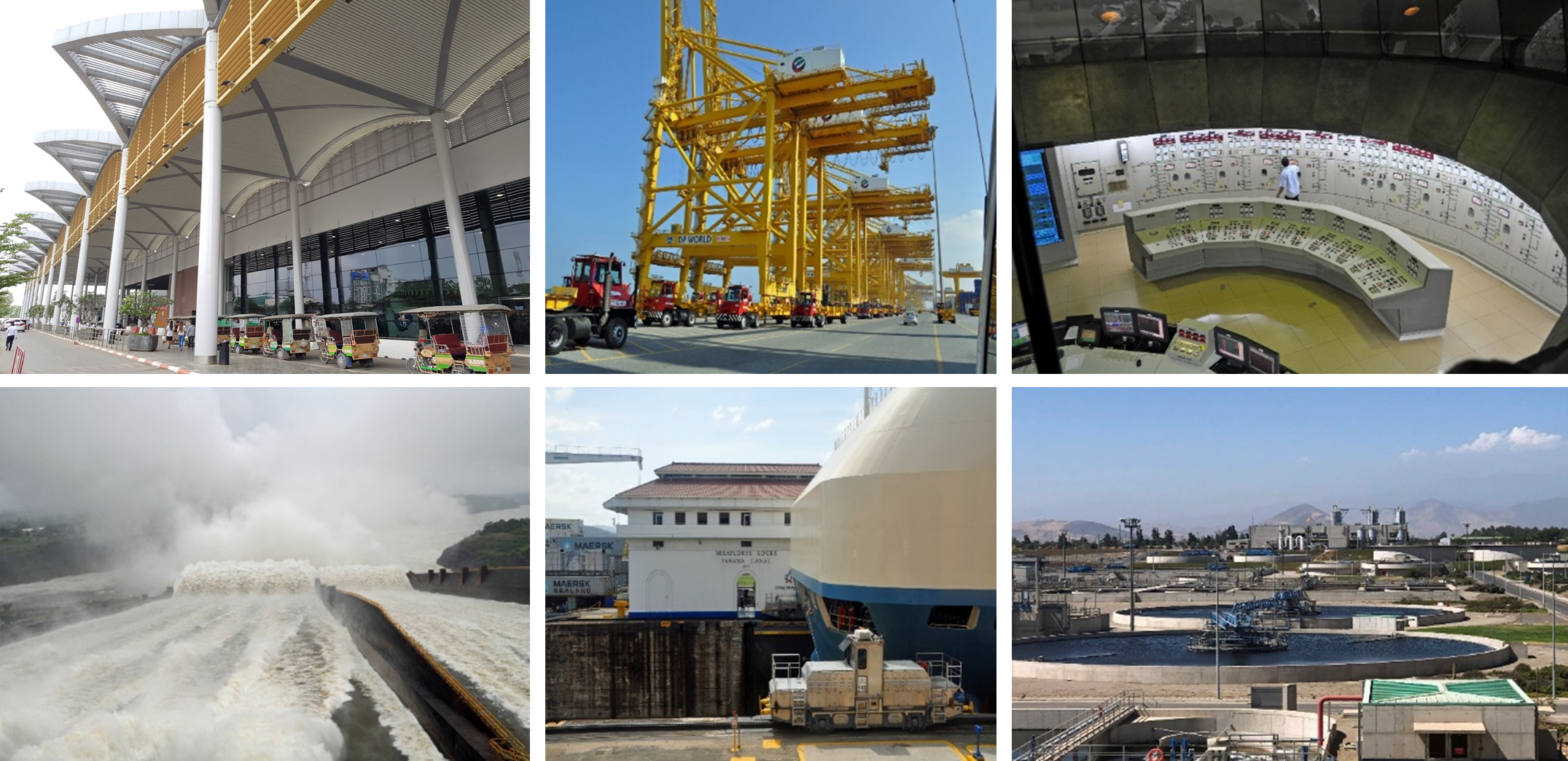"Too important to ignore:" The overlooked investments you should have on your radar
Global investors often exclude emerging markets (EMs) from their investment universe due to perceived unacceptable risk. This article explores why 4D believes EMs are too important to continue to ignore in a global asset allocation, and why listed infrastructure is the perfect way to gain exposure to the long-term EM growth thematic.

The infrastructure asset class offers defensive characteristics with earnings resilience, exciting long-term growth thematics and an ability to capitalise on the entire economic cycle.
Many investors are aware of the defensiveness of the asset class, but the growth opportunity is still largely under-appreciated. Key to this growth thematic are the EMs, which is why we at 4D think they are too important to continue to ignore in a global portfolio allocation.
Global economic growth
EM economies are expected to continue to grow rapidly over the next 30 years, altering the world economic order which has been in place for much of the post-World War II era. As a result, it is forecast that by 2050, six of the seven largest economies in the world could be among today’s ‘emerging markets’.
Ranking of PPP-adjusted GDPs and shift in dominance
This is a positive for the infrastructure asset class domestically and globally as this growth will drive necessary investment in the sector. For example, management from COSCO shipping explains the correlation between GDP and port throughput[1]:
“The average ratio of ‘global port container throughput growth’ to ‘global GDP growth’ during 2010-2022 was about 1.3x positive correlated. It could be a reference to forecast the industry throughput growth based on the future GDP growth in coming years. At the same time, new market opportunities represented by the Regional Comprehensive Economic Partnership (RCEP) and other EMs will drive new momentum into logistics and port business in the world, especially in the Asia region.”
Global population growth
According to UN estimates, the total world population passed 8 billion on 15 November 2022. A growing global population drives an obvious need for new, improved and expanded infrastructure development. Importantly, much of this population growth is coming from the emerging world where demographic trends are very supportive of economic evolution and infrastructure investment.
Population shifts are also creating a number of demographic challenges, key of which are an ageing population in the developed world and environmental concerns globally. Again, both can represent an infrastructure opportunity. While absolute population growth is important for EMs and infrastructure investment, improving living standards and the desire for a sustainable future compounds the infrastructure investment opportunity.
Emergence of the middle class
The emergence of the middle class in developing economies is supporting both the EM domestic demand story and the demand for global infrastructure. Given the potential size of the middle class in EMs (EMs make up ~85% of the global population), changes in spending and consumption patterns will have significant implications for global business opportunities and investment for decades to come.
From an individual’s perspective, as personal wealth increases, consumption patterns inevitably change. This starts with a desire for three meals a day and moves to a demand for basic essential services such as clean water, indoor plumbing, gas for cooking/heating and power – all of which require infrastructure. With power comes the demand for white goods such as a fridge or a TV, which increases the need for port capacity and logistics chains as well as per capita usage of essential utility services. This progresses over time to include services that support efficiency and a better quality of life, such as travel – which increases demand for quality roads and airports – and data usage, increasing demand for communication infrastructure.
Importantly, one of the early and ongoing winners of this growth in the middle class is infrastructure, which is needed to support the evolution. As Raul Revuelta Musalem (CEO of Mexican airport GAP) commented[2]:
"The growth of the domestic middle class has fuelled a significant increase in air travel demand. Traveling has become more common than ever before, whether it is for leisure travel or visiting friends and family. This has created a plethora of opportunities for airlines to enhance their operations, open new routes, and cater to rising passenger traffic. This has led to higher load factors, additional fleets, increased revenue, and new market exploration. We have capitalised on this trend by introducing enhanced services and offerings, collaborating with airlines and travel agencies, and contributing to employment and economic growth within the aviation industry. The expanding middle class is a catalyst for air travel sector growth and prosperity."
Energy transition
EMs account for 85% of the global population and over 60% of the energy consumption. While emissions in the developed world are gradually falling, EMs have seen their share grow and this is set to continue as their economies evolve.
Growing demand for power and a desire for an improved quality of life (e.g. transportation modes) increases the pressure on the environment as it struggles to keep pace with the evolution. Many developing countries will need external support in terms of financing and technological developments to expand and support their economies in a sustainable way.
Decarbonisation must happen, and the goal of net zero is not achievable without the right forms of infrastructure investment across both the energy and transport sectors in the developed and emerging worlds. This represents a significant and growing opportunity for infrastructure investors who want to be part of the solution.
Access the opportunity while hedging key risks
Infrastructure can also hedge against key EM risks, including inflation and sovereign risk.
- Inflation – A core concern for EMs over their evolution is domestic growth-driven inflationary spikes, often driven by a weather event (disrupting food sources or fuel supplies). The infrastructure asset class provides investors access to the upside of the growth story while explicitly hedging against inflationary pressure (regulation and contracts provide for an inflation hedge)
-
Sovereign risk – EM governments and policymakers recognise the need for improved infrastructure to enable their economies to evolve. As they cannot facilitate all the investment needed, they are supportive of private investment in infrastructure assets to provide the essential services needed to facilitate economic growth and deliver improved living standards. While EM governments continue to need private sector capital, investors should have confidence that contract/regulation will be upheld and acceptable investment returns will be supported.
Given the budget and balance sheet pressures facing governments around the world, including EMs, much of these new and enhanced infrastructure demands will inevitably have to be met from private sector funding, including the listed and unlisted infrastructure equity markets.
In addition, by contrast to the developed world where infrastructure is in a dire state of deterioration, privately funded EM infrastructure is far newer and of superior quality.

An investor willing to capitalise on the opportunity via direct investment into EMs is currently accessing this theme at very attractive valuations, both on an absolute basis (compared to their developed peers) but also relative to historical ranges.
Conclusion
EMs are expected to grow rapidly over the next 30 years, attracting huge infrastructure investment. This is a good thing, as EM and infrastructure are natural, complementary investment partners. Rapidly growing EM economies need infrastructure investment to both facilitate and sustain growth. These assets also perform at their best in expanding economies, where robust domestic demand growth drives patronage growth. That is, they reinforce each other in a positive manner, while at the same time offering natural protection against some of the key EM risks, including the critical ones of inflation and sovereign risk.
We believe the infrastructure growth thematic makes the asset class one of the core investment themes of the decade. EMs are providing population growth, are driving the emergence of the middle class and will play a vital role in the world meeting net-zero targets.
This is the abridged version of the article, which can be read in full here.
Invest across the globe
4D Infrastructure is a Bennelong Funds Management boutique that invests in listed infrastructure companies across all four corners of the globe. For more insights on global infrastructure, visit 4D’s website.

Footnotes
[1] Via email to 4D Infrastructure
[2] Via email to 4D Infrastructure
2 topics
1 fund mentioned
1 contributor mentioned

